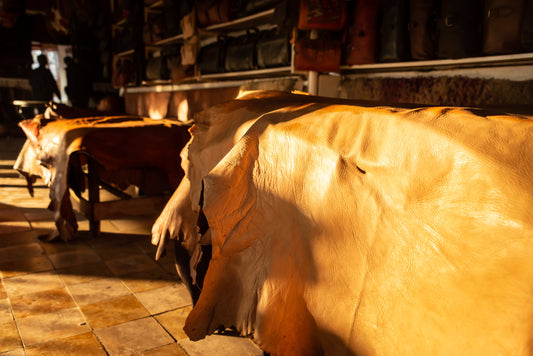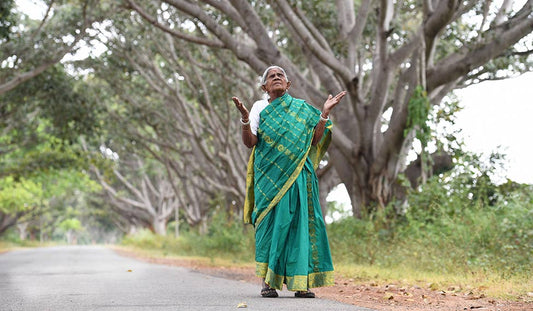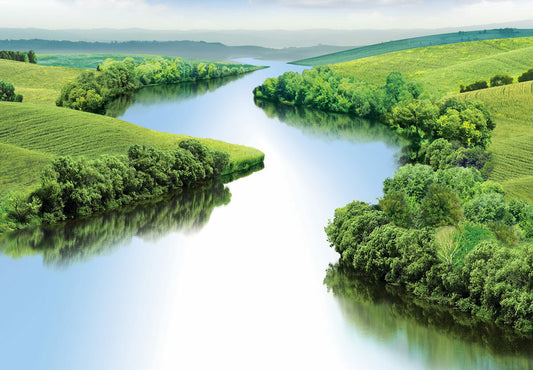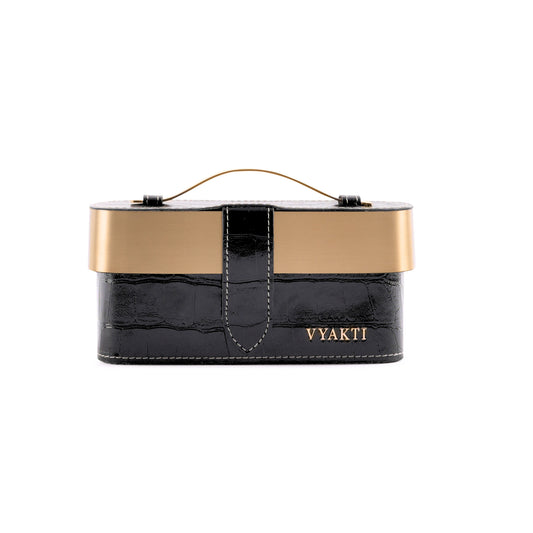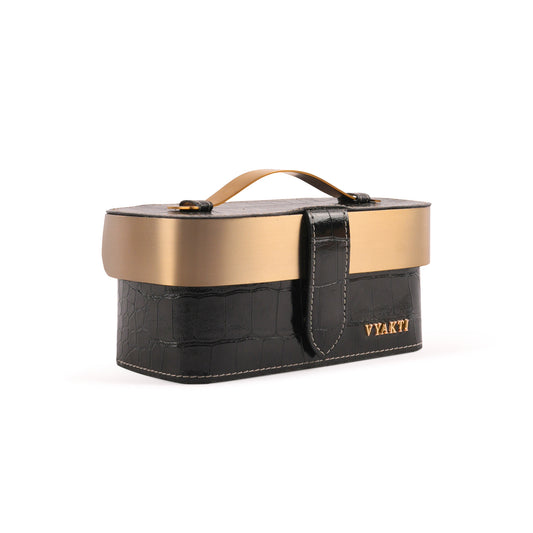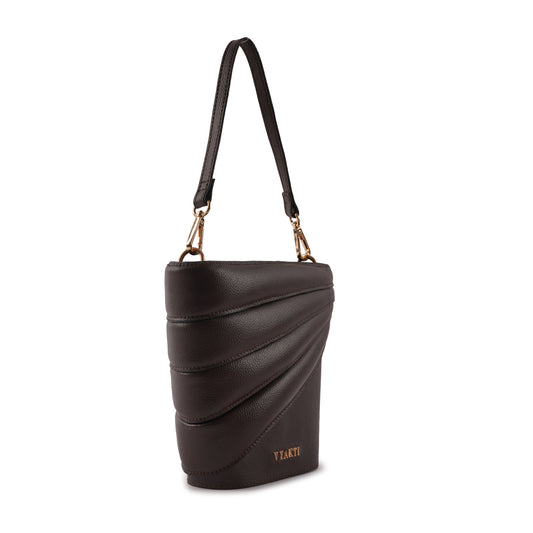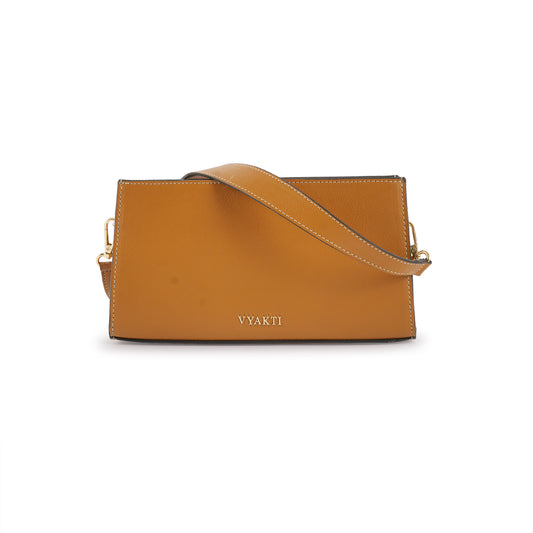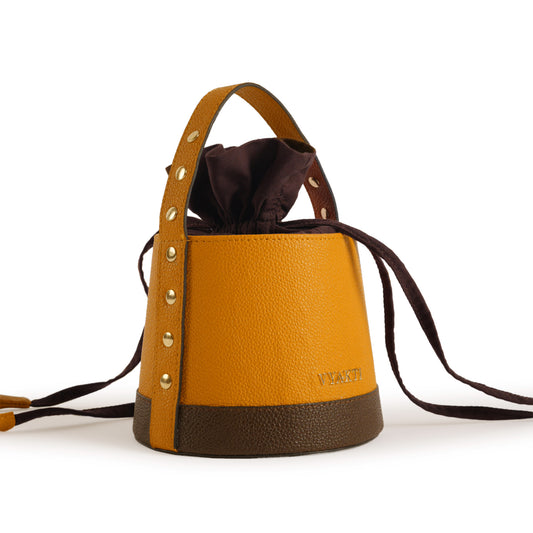Behind every leather belt, bag, or shoe lies a story that rarely gets told—a story of wildlife exploitation, extinction, and environmental destruction.
Leather production directly contributes to the endangerment of countless species across the globe. Every year, millions of kangaroos are hunted for their skins, often used in high-performance sports shoes. Pangolins, the world’s most trafficked mammal, are critically endangered—yet their hides are still used to craft boots, belts, and bags. Crocodiles, alligators, lizards, snakes, ostriches, zebras, and elephants are either farmed or hunted specifically for exotic leather, pushing many of them to the brink of extinction.
Even the African elephant, already endangered due to ivory trade, is now killed for its skin—adding another layer of threat to a struggling species. And it doesn’t stop at direct hunting. Leather production drives massive deforestation in the Amazon, where cattle ranching—primarily for leather—has caused 80% of forest loss, destroying the natural habitats of jaguars, sloths, macaws, and countless other species.
Add to this the pollution from tanneries: up to 250 tons of toxic wastewater per ton of leather, poisoning aquatic ecosystems and creating dead zones where no life survives.
On Endangered Species Day, it’s time to rethink the true cost of leather. Behind the luxury of exotic skin lies immense suffering—for animals, for biodiversity, and for the planet.
Choosing plant-based or recycled alternatives isn't just a style statement—it’s a stand against extinction.


